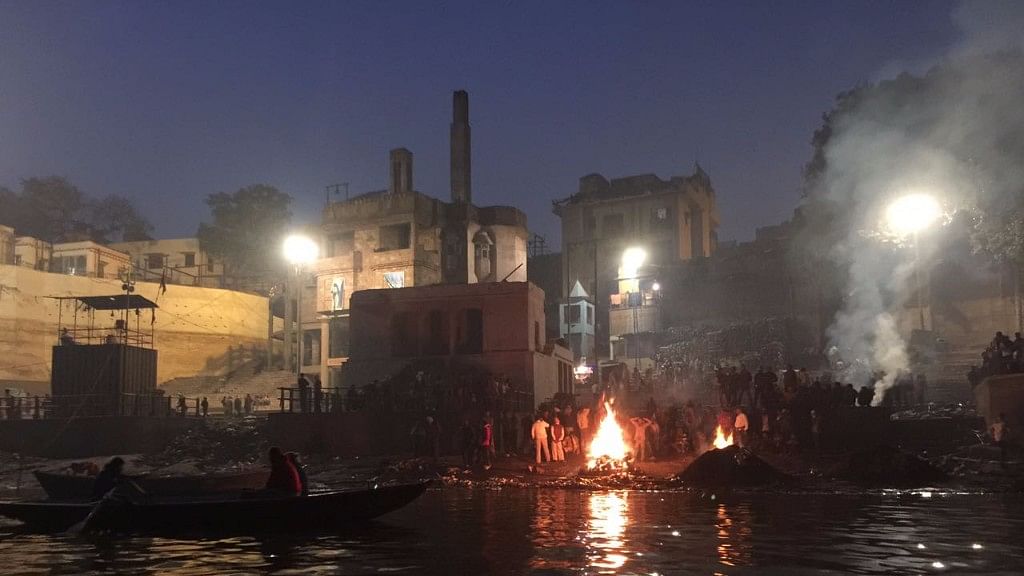In Pics: Varanasi Is Hazy With Air Pollution Worse Than Delhi’s
Air quality levels have been hazardous in Varanasi for days – even worse than in Delhi.

Though a hint of blue sky could be seen in Varanasi on Tuesday, air pollution remained at dangerous levels.
For years the Holy City’s population of more than 1 million people have been living under extreme conditions. In 2015, not one day recorded healthy air quality levels, according to a new report by the Centre for Environment and Energy Development (CEED), IndiaSpend and Care4Air.
Air quality is considered “healthy” when small particles in the air are at less than 50 micrograms per cubic metres, but this week, levels have been higher than 400 micrograms. And the consequences on public health aren’t just respiratory illness. Air pollution is linked to stroke and heart disease.
Air pollution is a complex problem to solve because it is an accumulation of toxins from multiple sources. The primary causes of air pollution in cities like Delhi are construction, biomass burning, and car fumes.
Though many organisations have presented the government with an action plan to tackle the issue, implementation has been problematic. And the cost of inaction is high – in India around half a million people die every year from air pollution-related illness, according to the World Health Organisation.
Extreme measures will have to be taken to address the air crisis across the country, experts say. Though more studies are needed to better understand which pollution sources are of highest concern, there are measures that can be implemented immediately.
For starters, cities could ban vehicles from driving through the city centre and raise parking fees to discourage vehicle owners, said Vivek Adhia, from the World Resources Institute India. Additional measures could be taken for each of the other sources of pollution, like construction and biomass burning.
“We don’t need a machine to see that this [smog] is something awful,” said Yogeshwar Ram Mishra, DM of Varanasi.
(At The Quint, we are answerable only to our audience. Play an active role in shaping our journalism by becoming a member. Because the truth is worth it.)